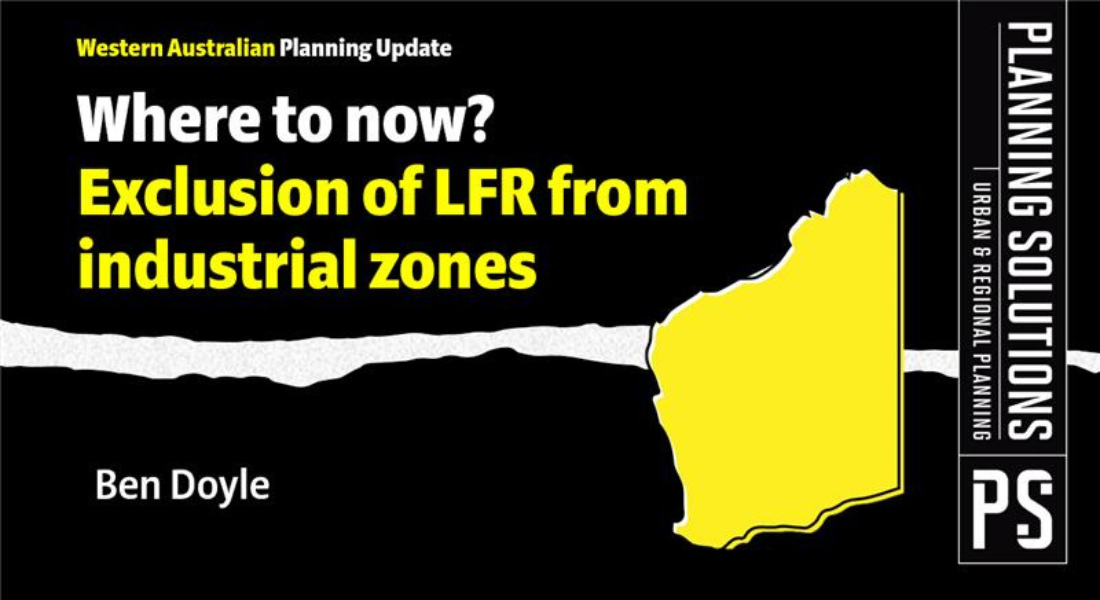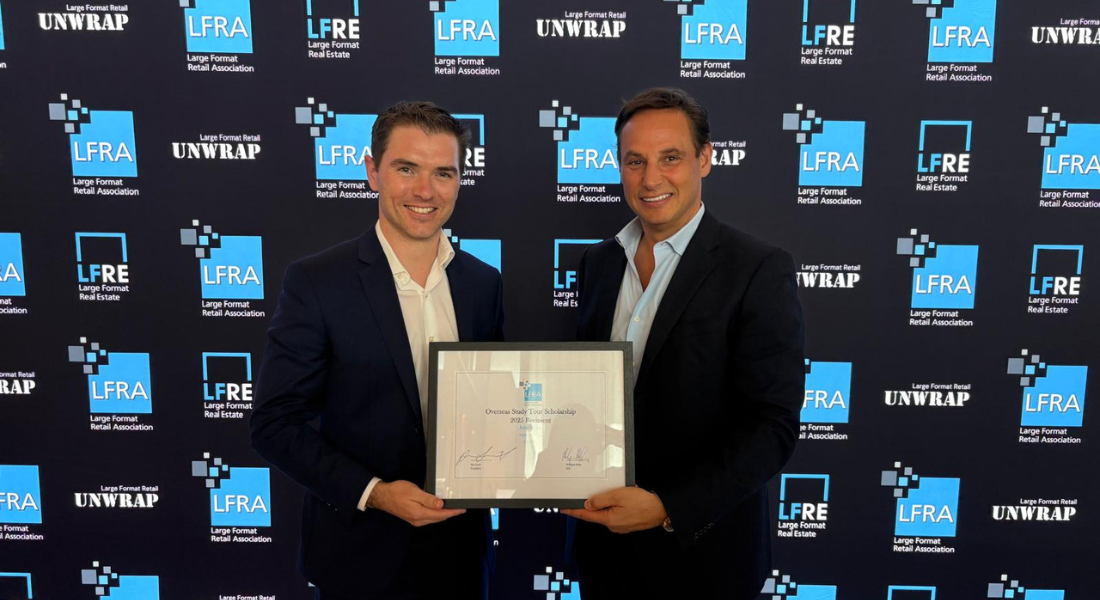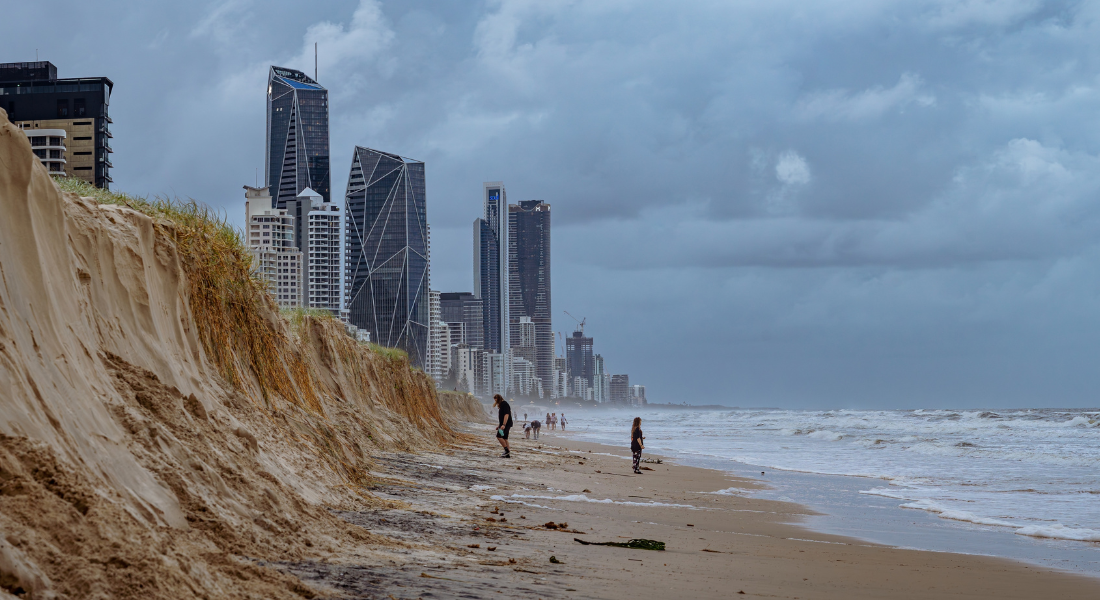Where to now? The exclusion of large format retail from Western Australian industrial zones

Progress towards consistent definitions in Western Australia
Thanks to the advocacy of the LFRA 70.5% of local government authorities with a significant Large Forma Retail presence have now adopted the model definition for ‘Bulky Goods Showroom’. This number is expected to rise to 88% over the next year or two.
New challenges on the horizon
It is clear that state and local government stakeholders will continue to seek a more restrictive planning policy as it relates to Large Format Retail. Last years’ proposal by the Planning Reform team at the Department of Planning, Lands & Heritage (DPLH) is one example. Whilst the LFRA coordinated a significant campaign against the proposal by LFRA members which likely prevented those changes advancing any further, we expect to see other aspects of the reform package implemented. This includes a more restrictive land use policy as it relates to Large format retail.
More restrictive land use policy
Up to the present, local government authorities have had a significant degree of latitude with regard to land use permissibility. As a consequence, some local authorities have applied fairly restrictive land use policies, whilst others have been more liberal. The figure below demonstrates that some industrial precincts within Perth allow Bulky Goods Showrooms, whilst others do not.
The DPLH is now proposing to standardise land use permissibility across local planning schemes. This standardisation would like be more restrictive in many areas. In particular:
- Large Format Retail would be prohibited from all Light and General Industry zones;
- Trade Supplies would be prohibited from activity centre zones;
- Many complementary commercial activities (eg: Restaurant/Cafes) would be prohibited from Service Commercial zones
These changes are very similar to Scheme Amendment No. 40 advanced by the City of Busselton to:
“send a clear message that [activity] centres are the desired location for investment in shop retail and other high intensity land uses”.
This amendment (which significantly limited commercial activity outside activity centre zones) was approved by the Minister in June 2023, confirming an intent at the highest level to apply a more restrictive land use policy in relation to commercial activities and Bulky Goods Showrooms within industrial zones.
Notwithstanding, there are some unique circumstances associated with the City Busselton as one Western Australia’s key tourist destinations and we consider it unlikely that the Minister will seek to apply such a restrictive policy in other local government areas.
Impact on the Large Format Retail sector
Investigation of LFRA Directory data by Planning Solutions and Deep End Services have concluded that 11% of existing Large Format Retail in Western Australia is located on industry zoned land (5% in light industry zones and 6.8% in general industry zones).
Notwithstanding, we have concluded that the majority of this activity is most likely to be located in older local planning schemes which do not conform to contemporary zoning practice. Specifically, most Large Format Retail on industrial zoned land is located along arterial roads that run through the centre, or periphery of industrial precincts.
As these local planning schemes undergo periodic review, many of these areas are likely to be rezoned from Industrial to Service Commercial. This reduction in the total extent of industrial land will likely limit the impact of any corresponding decrease in land use flexibility within the industrial zone.
Notwithstanding, local authorities will need to be closely monitored to ensure that lots developed with Large Format Retail along high-traffic route are not retained for industrial purposes.
Courtesy of Ben Doyle, Director and Joshua Carmody, Senior Planner at Planning Solutions




